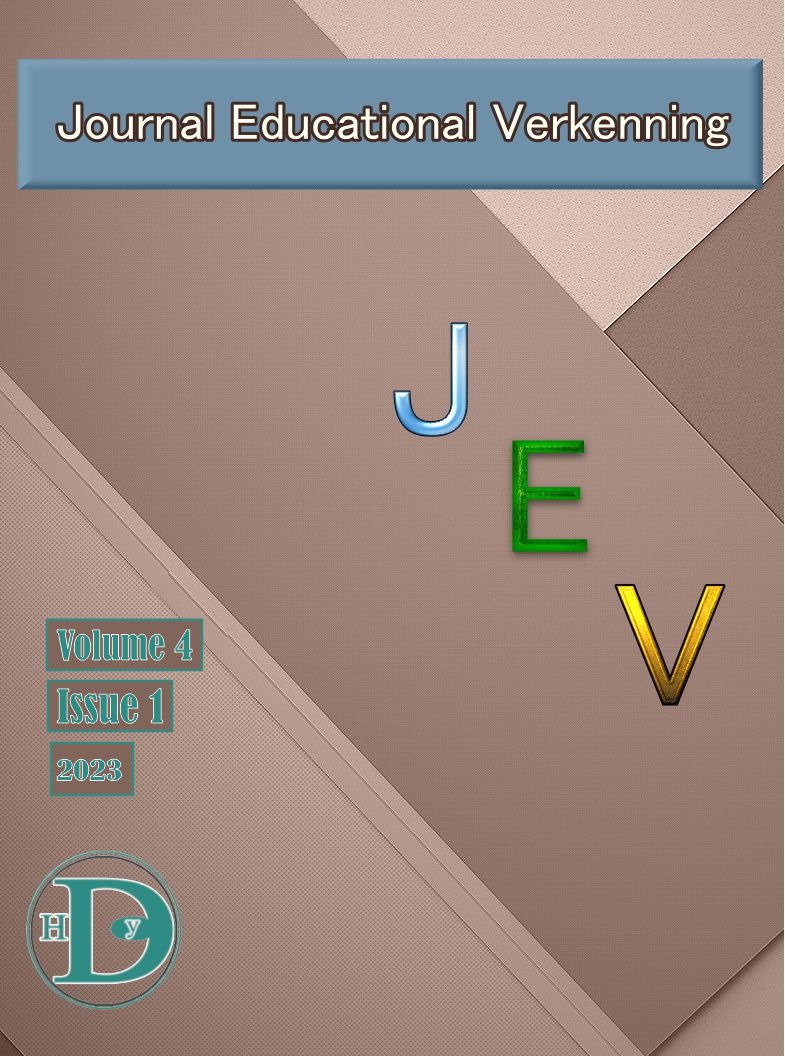An Investigation into the Similarities and Differences between Arabic and English Proverbs
Main Article Content
Abstract
Proverbs are essential in every language and civilization. Proverbs in each society improve communication by providing users with more confidence. However, translators sometimes get them wrong. This study reveals how the quality of proverb translation is determined. It also displays many commonalities between the flaws discovered when translating proverbs using partial equivalence and paraphrasing. The most prevalent challenges when translating proverbs using partial equivalents and paraphrases are those relating to comprehension, communicating an inaccurate interpretation, and distorting the message. When utilizing literal translation, the most common difficulties are erroneous lexical selection and too literal translation. Finally, this article suggests improving the accuracy of proverbial translations into Arabic. In addition, numerous suggestions for further investigation are presented. Because the English and Arabic languages are somehow related, this article is progressing in comparing their proverbs. As a result, the title of this study is "Comparative proverbs of Arabic and English." The study aims to research proverbs and their significance to individuals and the many sorts of sayings used in English and Arabian civilizations. Furthermore, it compares the proverbs used in English and Arabic languages.
Article Details

This work is licensed under a Creative Commons Attribution-ShareAlike 4.0 International License.
References
Akmajian, A. R. Demers A. Farmer and R. Harnish. (2001). Linguistics: An Introduction to Language and Communication. Cambridge: The MIT Press.
Alshammari, J. N. (2015). Examining Nida’s translation theory in tendering Arabic proverbs into English: A comparative analysis study. International Journal of English Language and Linguistics Research, 3 (8), 45-57.
Arewa, E.O. & A. Dundes (1964). ''Proverbs and the Ethnography of Speaking Folklore''. American Anthropologists. 66(6). pp. 70-85
Bassnett, S. (2002).Translation Studies. London and New York: Routledge.
Carpaut, M. (2013). A semantic evaluation of machine translation lexical choice. In Proceedings of the 7th Workshop on Syntax. Semantics and Structure in Statistical Translation, 1-10. Retrieved from http://www.anthology.aclweb.org/W/W13/W13-08.pdf#page=11
Dabaghi, A., Pishbin, E., Niknasab, L. (2010). Proverbs from the viewpoint of translation. Journal of Language Teaching and Research, 1 (6), 807-814.
Distributing-Exporting.
Dundes A (1975). On the structure of the proverb. Proverbium, 25:961–973.
Finnegan, R. (1994). “Proverbs in Africa.” In The Wisdom of Many: Essays on the Proverb. (Eds): Wolfgang Mieder and Alan Dundes‛. New York: Garland, 10-42.
Gairness, R. and Redman, M. (1986). Working with Words. Cambridge: Cambridge University Press.
Ghazala, H. (1995). Translation As Problems and Solutions: A Coursebook for University Students and Trainee
Giddy P (2012). “Philosophy for children” in Africa: Developing a framework. South African Journal of Education, 32(1):15–25.
Hanzén, M. (2007). When in Rome, do as the Romans do”: Proverbs as a part of EFL teaching.
Hatim, B., & Munday, J. (2004). Translation: An advanced resource book. Oxford: Routledge.
Hofstede G. (1991). Cultures and Organizations: Software of the Mind. McGraw-Hill Book Company
Hofstede G. (1991). Cultures and Organizations: Software of the Mind. McGraw-Hill Book Company,
Ilyas, I, A. (2013). The importance of connotation in literary translation. Arab World English Journal, (1), 248-263.
Leech, G (1980). Semantics. Harmondsworth: Penguin Books limited.
Liontas, J. I. (2002). Exploring second language learners’ notions of idiomaticity. System, 30(3), 289–313. https://doi.org/10.1016/s0346-251x(02)00016-7
Malik, M., (2018). Alsuna: Journal of Arabic and English language. Institut Pesantren Kh. Abdul Chalim Pact Mojokerto.
Meider, W. Dundes, A. (1994). The wisdom of many: Essays on the proverb. Wisconsin: University of Wisconsin Press.
Milner GB (1971). The quartered shield: Outline of a semantic taxonomy. In E Ardener (ed). Social anthropology and language. London, England: Routledge.
Mollanazar, H. (2001). Principles and methodology of translation. Tehran: SAMT.
Nadjib, A. M. (2001). The Basis of English/Arabic/English Translation. Egypt: Ibn Sina Bookshop Printing-
Nida, E. A. (1964). Toward a science of translating: with special reference to principles and procedures involved in Bible translating. Brill Archive.
Norrick NR (1985). How proverbs mean: Semantic studies in English proverbs. Berlin, Germany: Mouton.
Samovar, L., Porter, R., & McDaniel, E. (2009). Communication between cultures (7th ed., 198-214). Stamford, CT: Cengage Learning.
Solomon G. Anaeto (2012). Models and theories of communication. Lagos. Africa Renaissance Books Incorporated
Stiles, W. (1980). Classification of Intersubjective Illocutionary Acts. Journal of Language in Society- (1). P. 233-249
Syzdykov, K. (2013). Contrastive studies on proverbs. Procedia - Social and Behavioral Sciences, 136 (2014), 318-321.
The Oxford Dictionary of Proverbs (2004). Oxford: Oxford University Press.
Yusuf,Yisa (1997).''The Sexist Correlation of Women with the Non-Human in English and Yoruba Proverbs''. Deproverbio Electronic Magazine. 3(2). pp.1-9.
